False Personifer Angelfish
$599.99
Select Variant
The False Personifer Angelfish is also known as the Bluemask Angelfish. It has a unique, almost blistered look to its body, which is usually black. Blue-green is the face, while males have a yellow speckled face. The forehead is covered in a smattering of yellow, and the caudal fin splits with a blue-green stripe. This species is unique in that the males are different from the females. The males are slightly larger than the females in this instance. You should have a 180-gallon or larger tank that holds large amounts of live rock. Personifer Angelfish, which is not a reef dweller, will eat stony corals (sedsile invertebrates), and clam mantles.
Spirulina and marine algae should be included in false personifer angelfish's diet, as well as high-quality angelfish preparations. Mysis or frozen shrimps are also recommended.
Estimate Purchase Size: Small: 2" to 3"; Small/Medium: 3" to 4" Medium: 4" to 5"; Large: 5" to 6"; X Large: 6" to 7 1/2" Male: Large 5" to 6" X Large 6" to 7" Show Size 7" to 9"
- Description
- Additional Information
- Reviews
False Personifer Angelfish
The False Personifer Angelfish, also known as the Bluemask Angelfish, features a striking appearance. Its body is predominantly black with a unique, blistered texture. The face is blue-green, while males display a yellow-speckled face. The forehead has a yellow tinge, and the caudal fin is split with a blue-green band. Notably, males are slightly larger than females and exhibit different coloration.Tank Requirements and Compatibility
- Tank Size: Provide a minimum of 180 gallons with ample live rock for grazing.
- Reef Compatibility: This species is not ideal for reef tanks, as it may nip at soft and stony corals, as well as clam mantles.
- Behavior: The False Personifer Angelfish is generally peaceful but can be territorial. Ensure plenty of space and hiding spots.
Diet and Nutrition
- Natural Diet: Consists mainly of sponges, jellyfish, and tunicates.
- Supplemental Food: Offer frozen food such as mysis and fortified brine shrimp. Include flake food with algae like Spirulina or Nori.
- Feeding Tips: Ensure a well-rounded diet and maintain a mature tank with plenty of live rock for grazing.
Origin and Distribution
- Native Region: Widely distributed throughout the Western Pacific, including Queensland, Australia, New South Wales, and Lord Howe Island.
Approximate Purchase Size
- Small: 2" to 3"
LINKS to follow:
size
Large, Medium, Small
Units
1
Weight
6 lbs
Dimensions
1 × 1 × 1 in
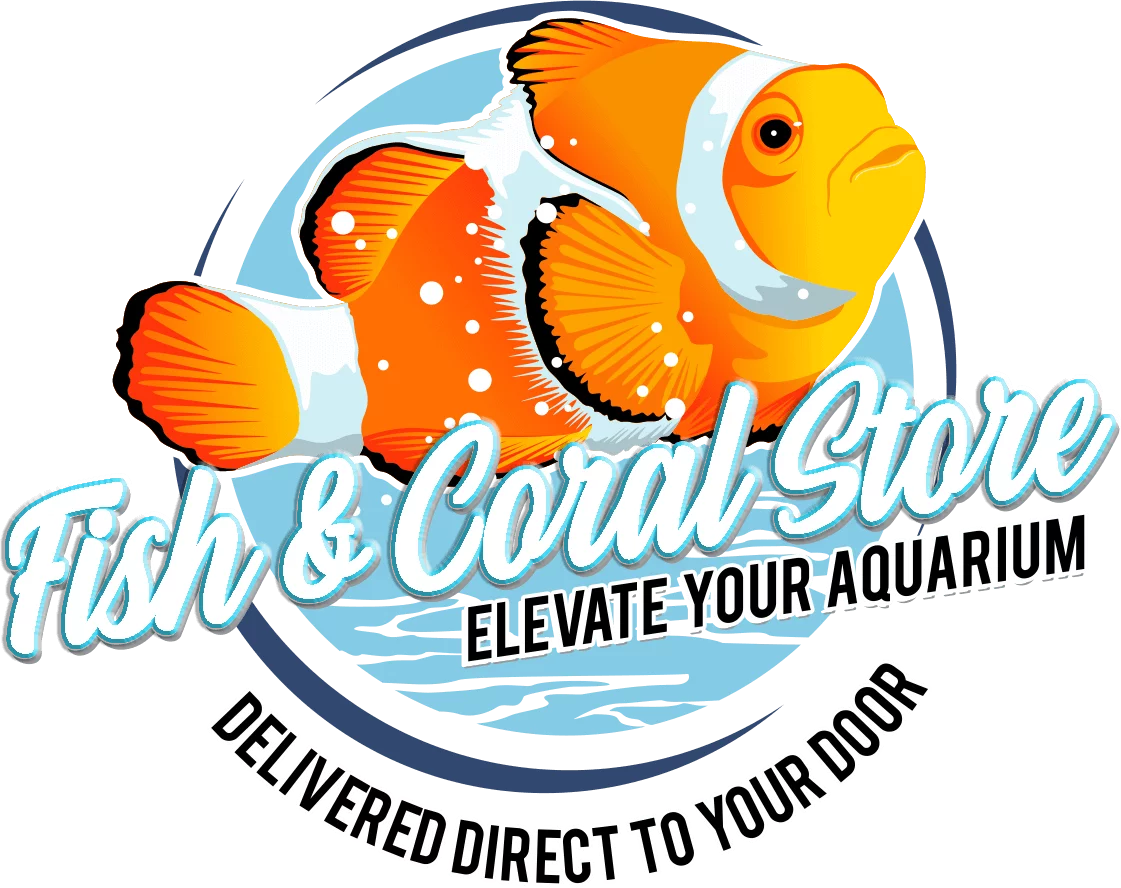
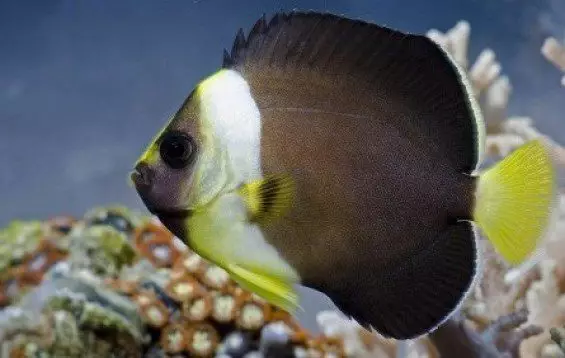
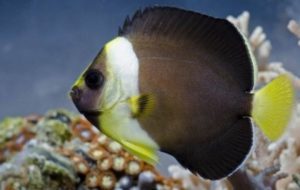
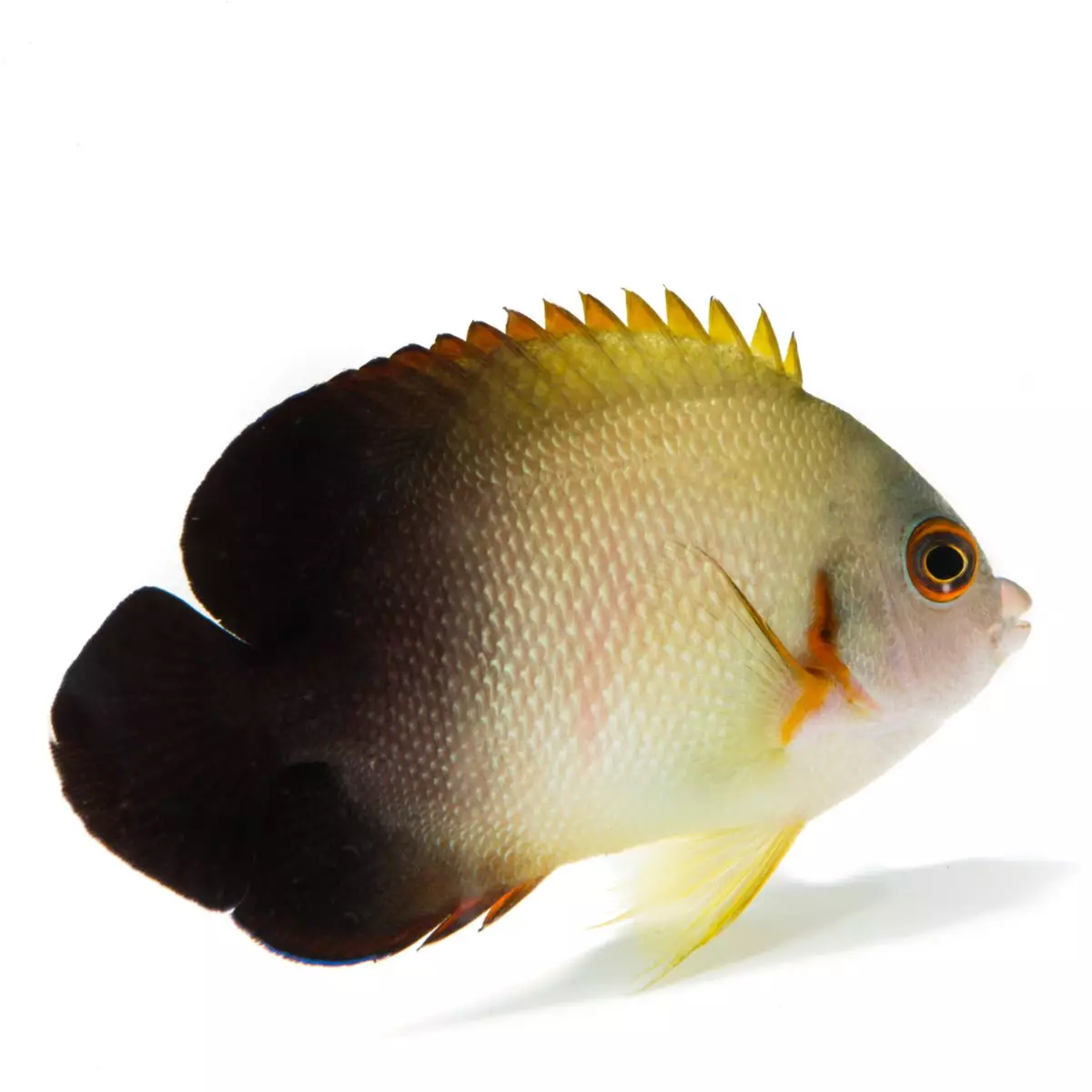
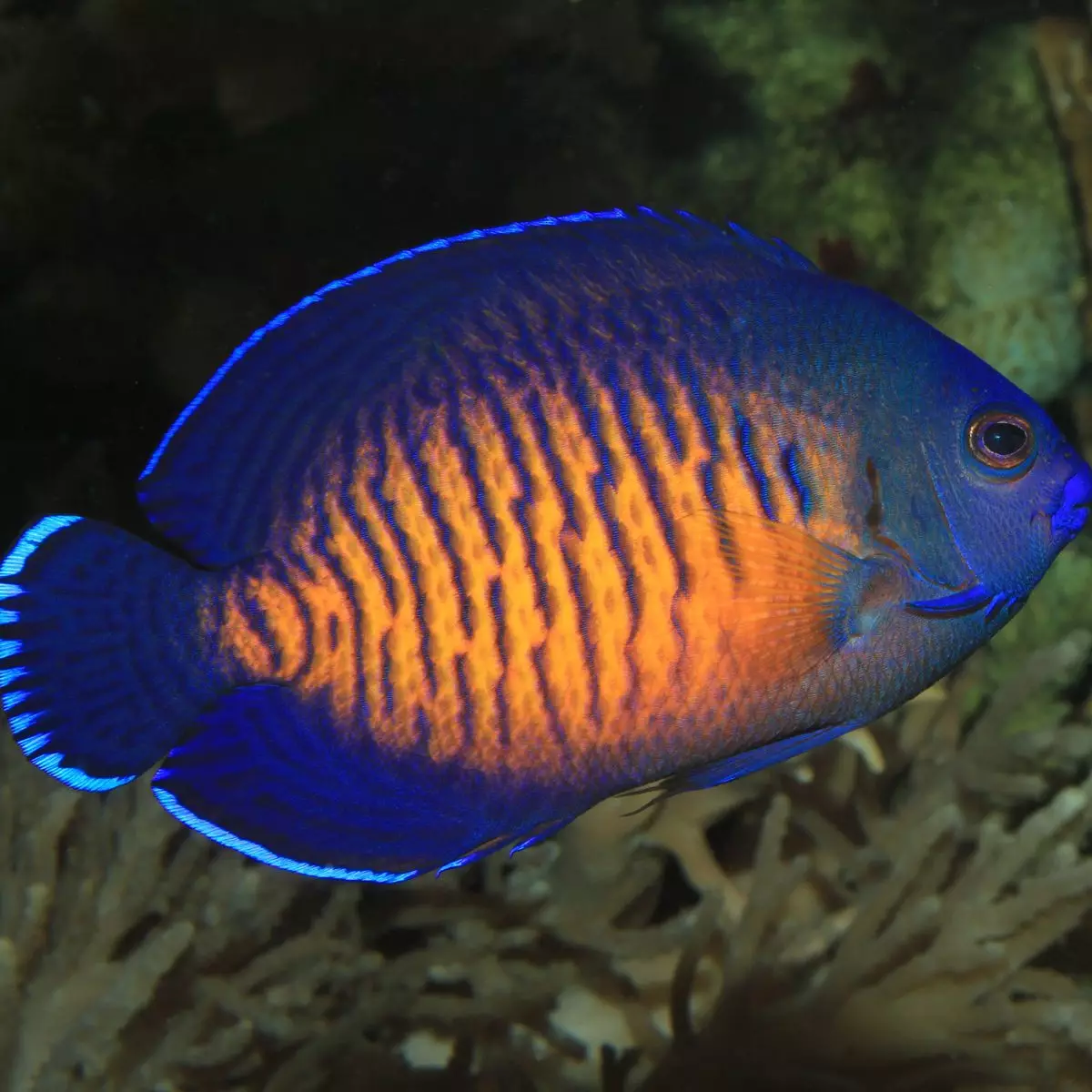
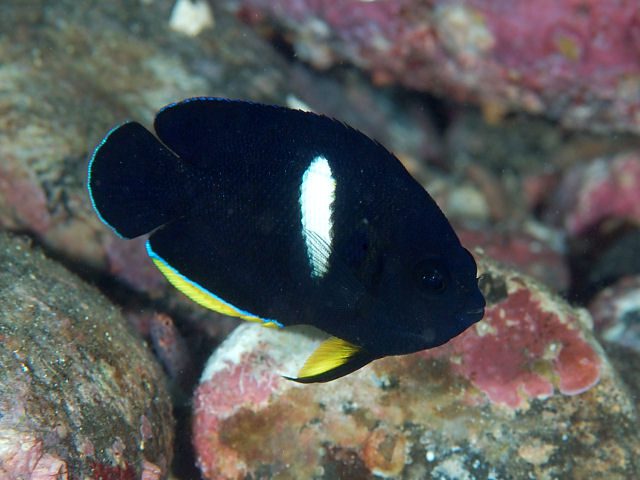
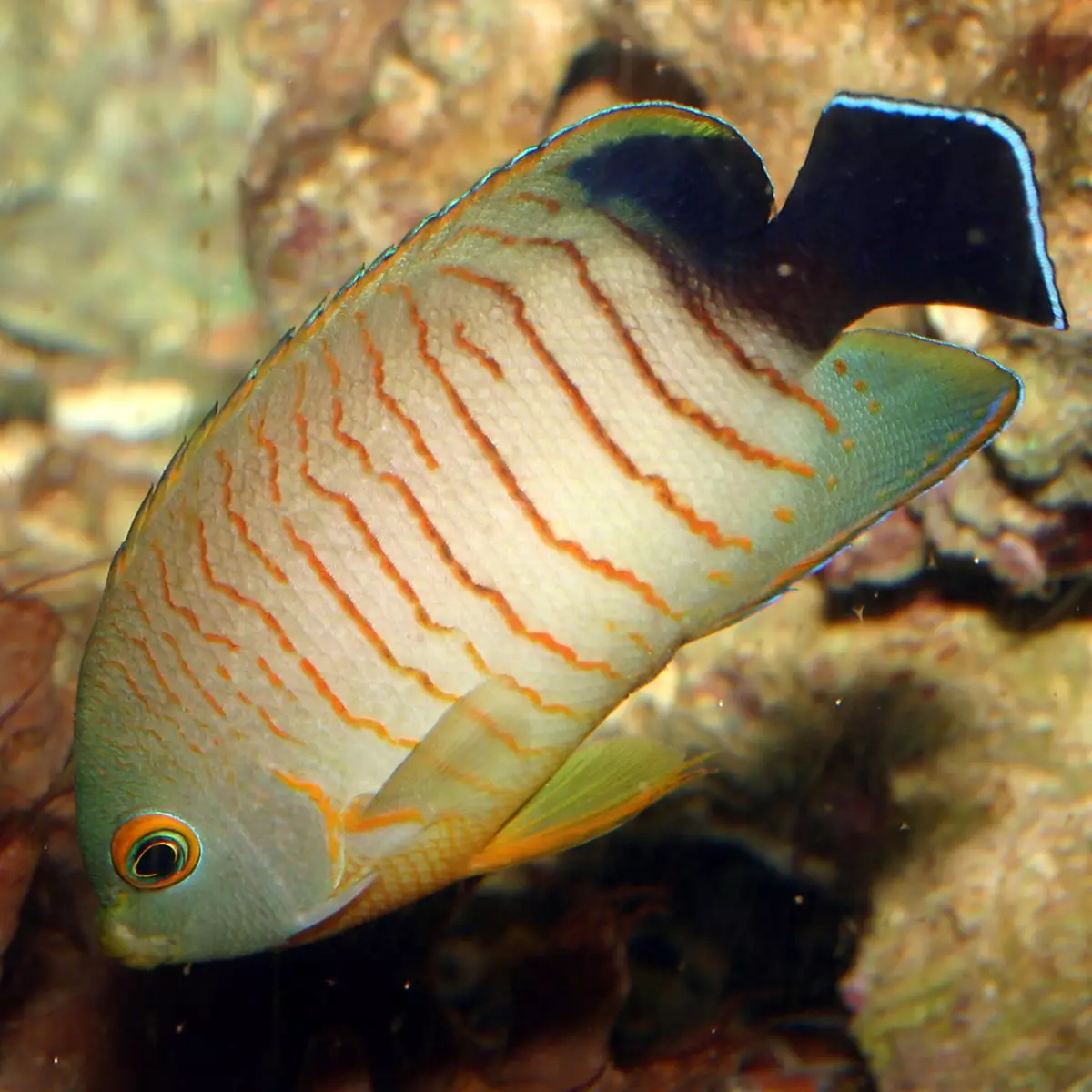
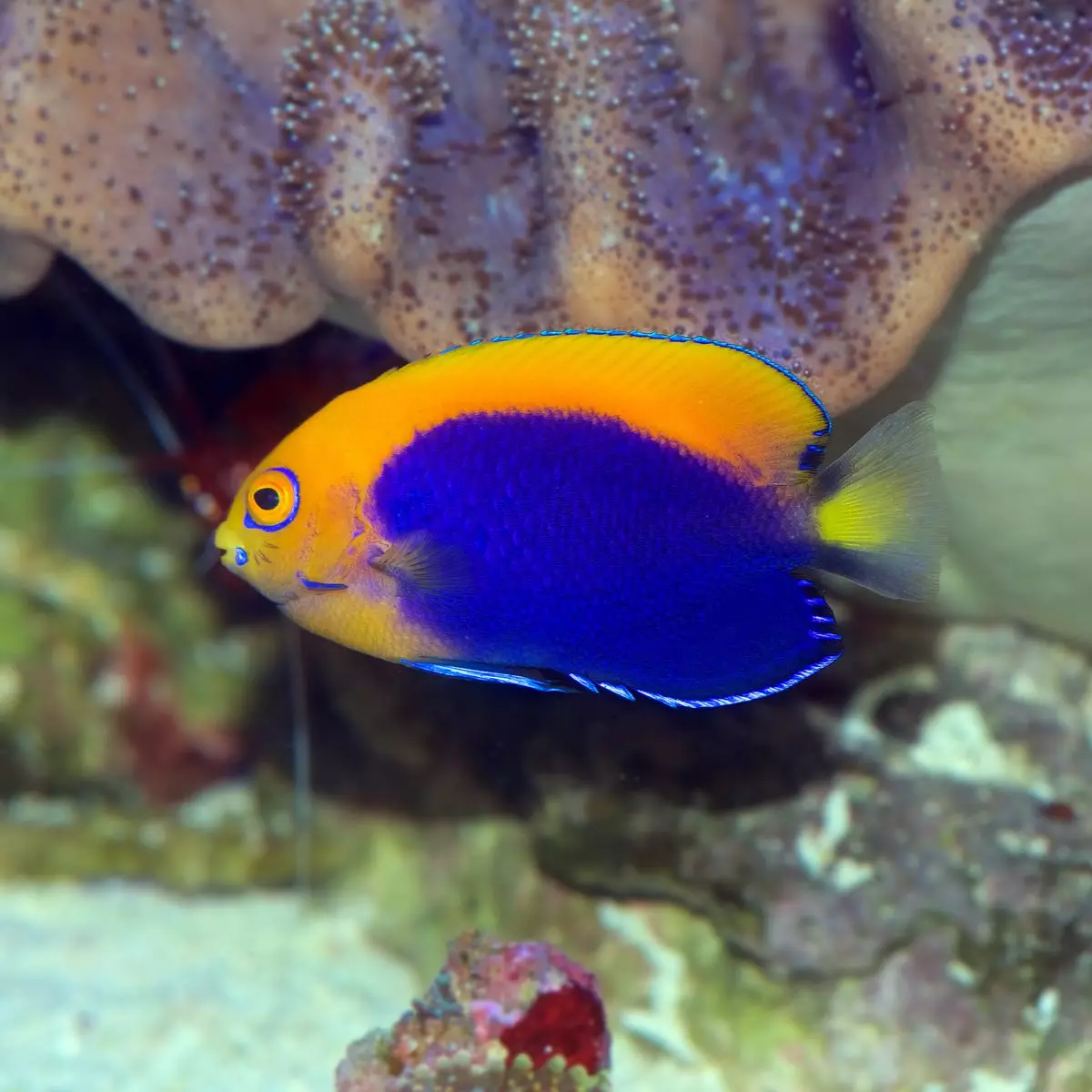
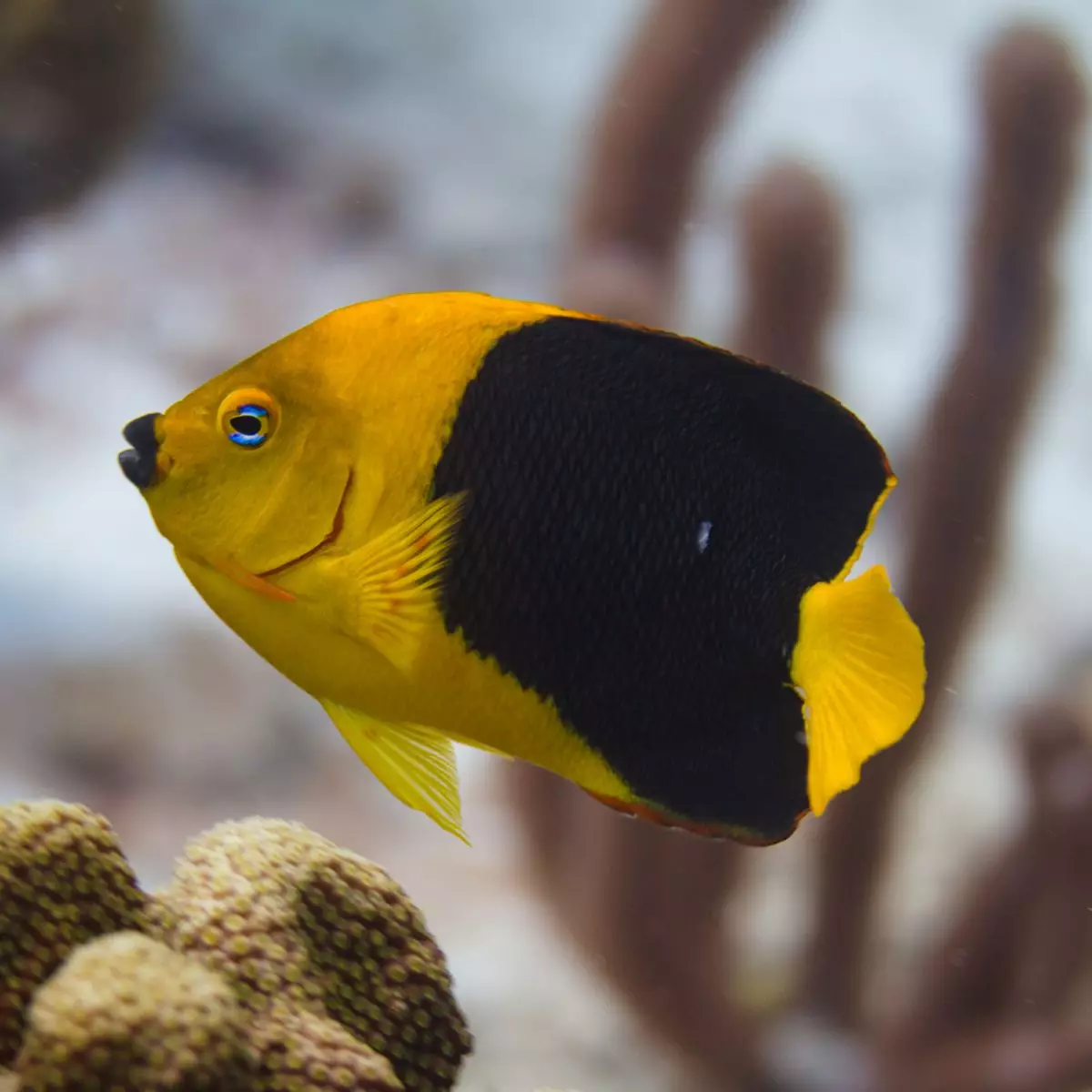
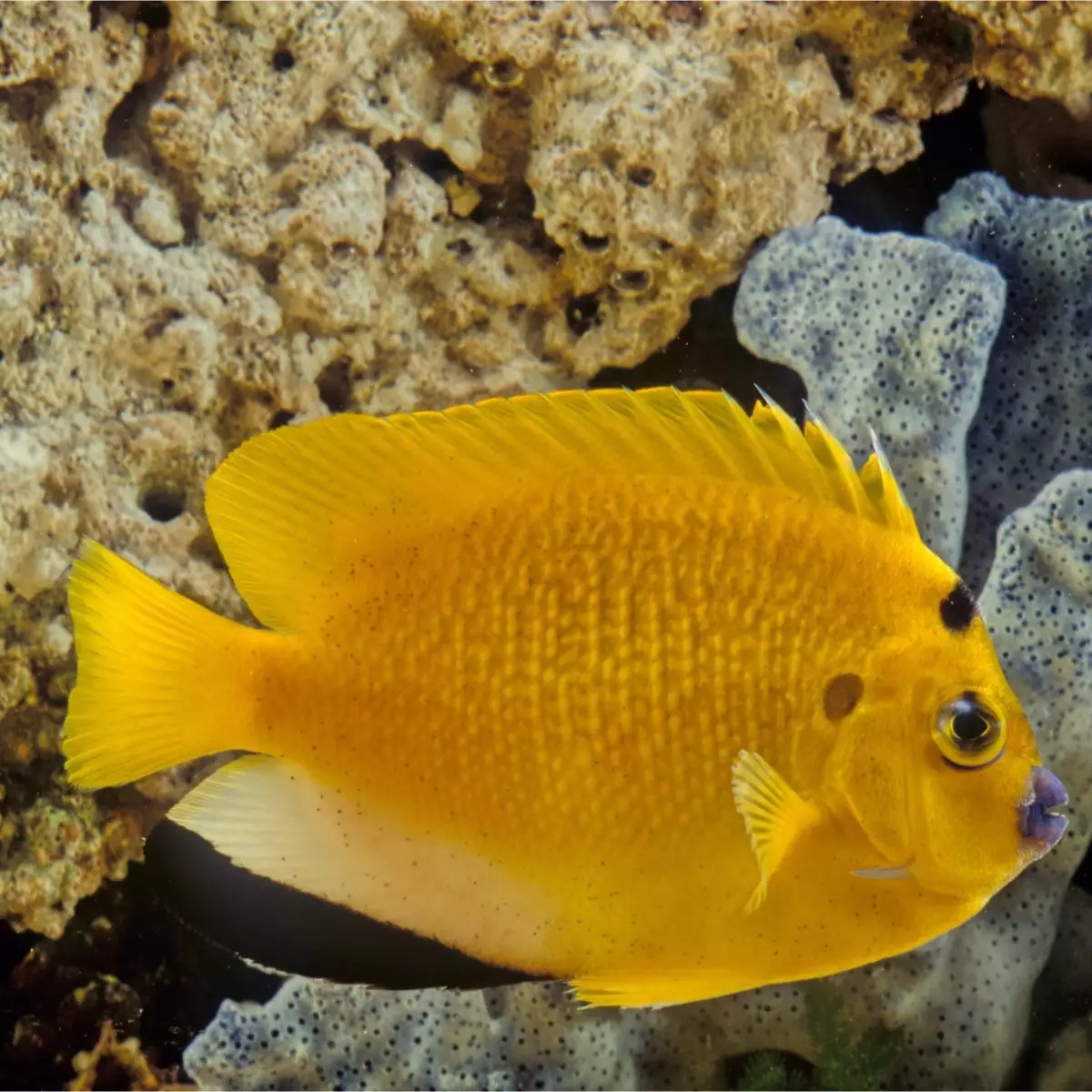
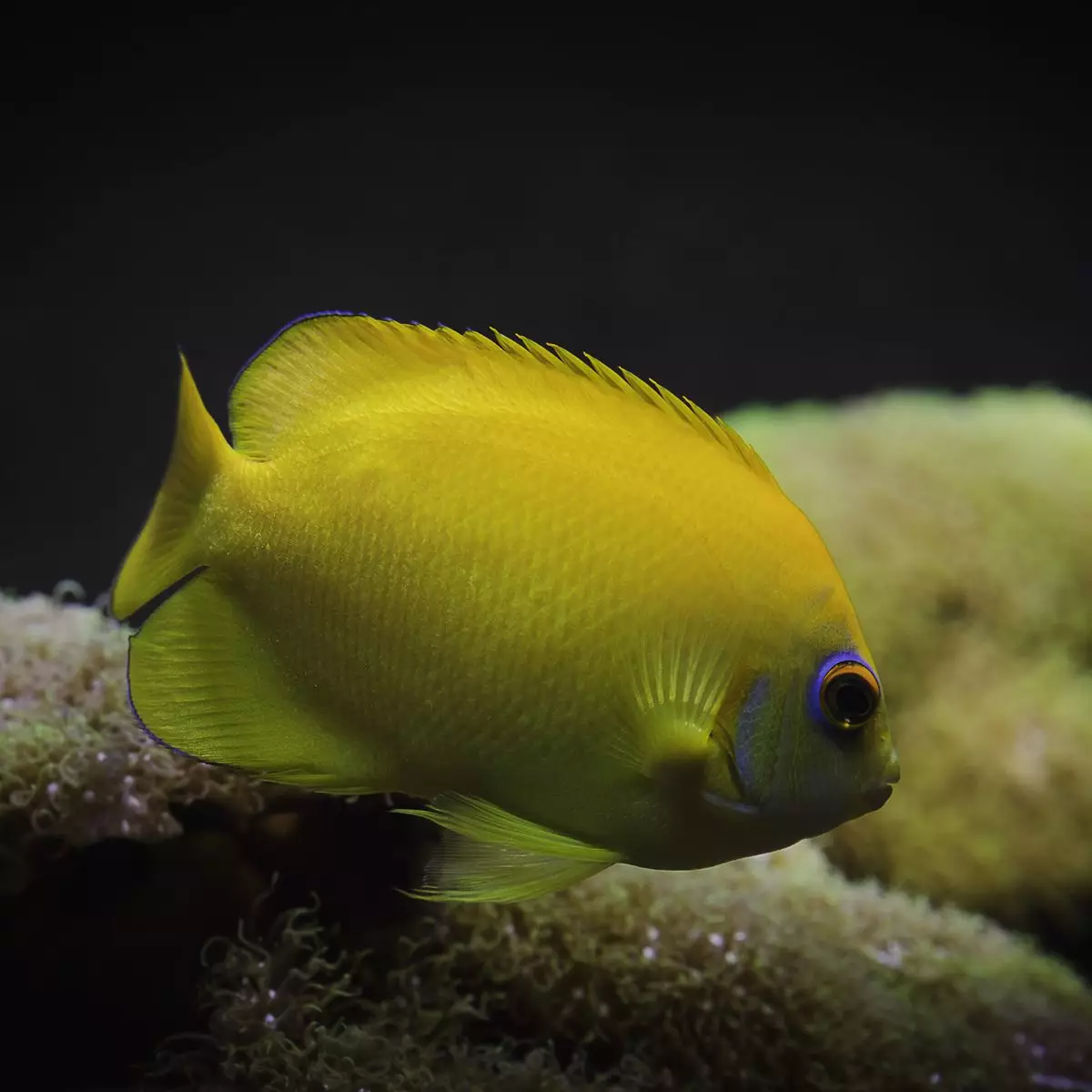


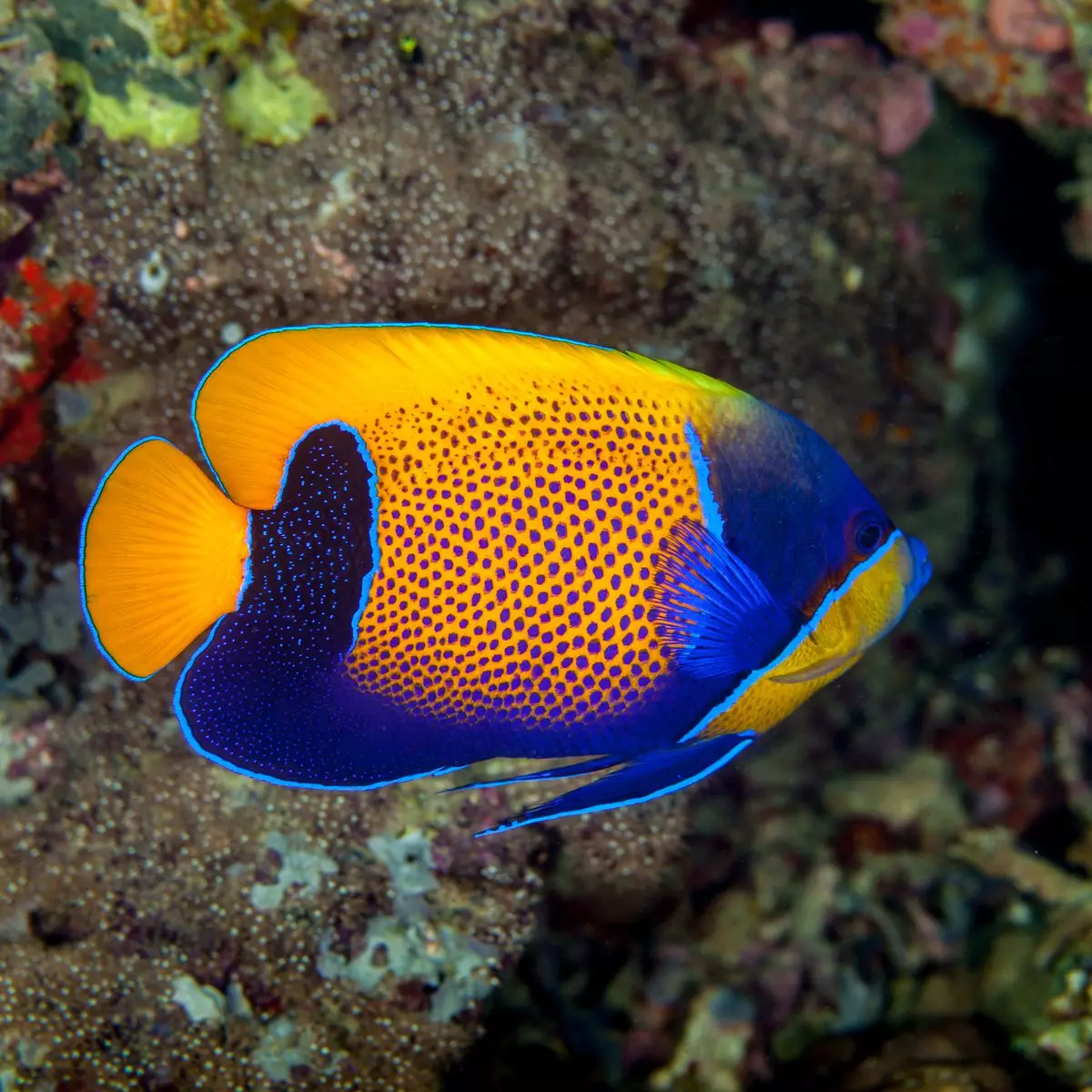
Reviews
There are no reviews yet.